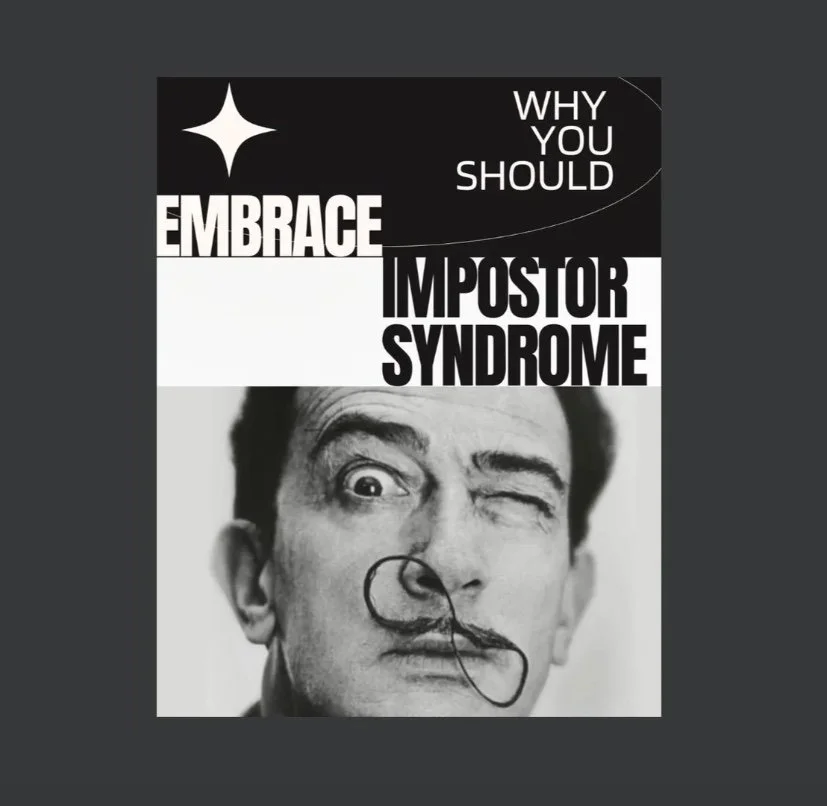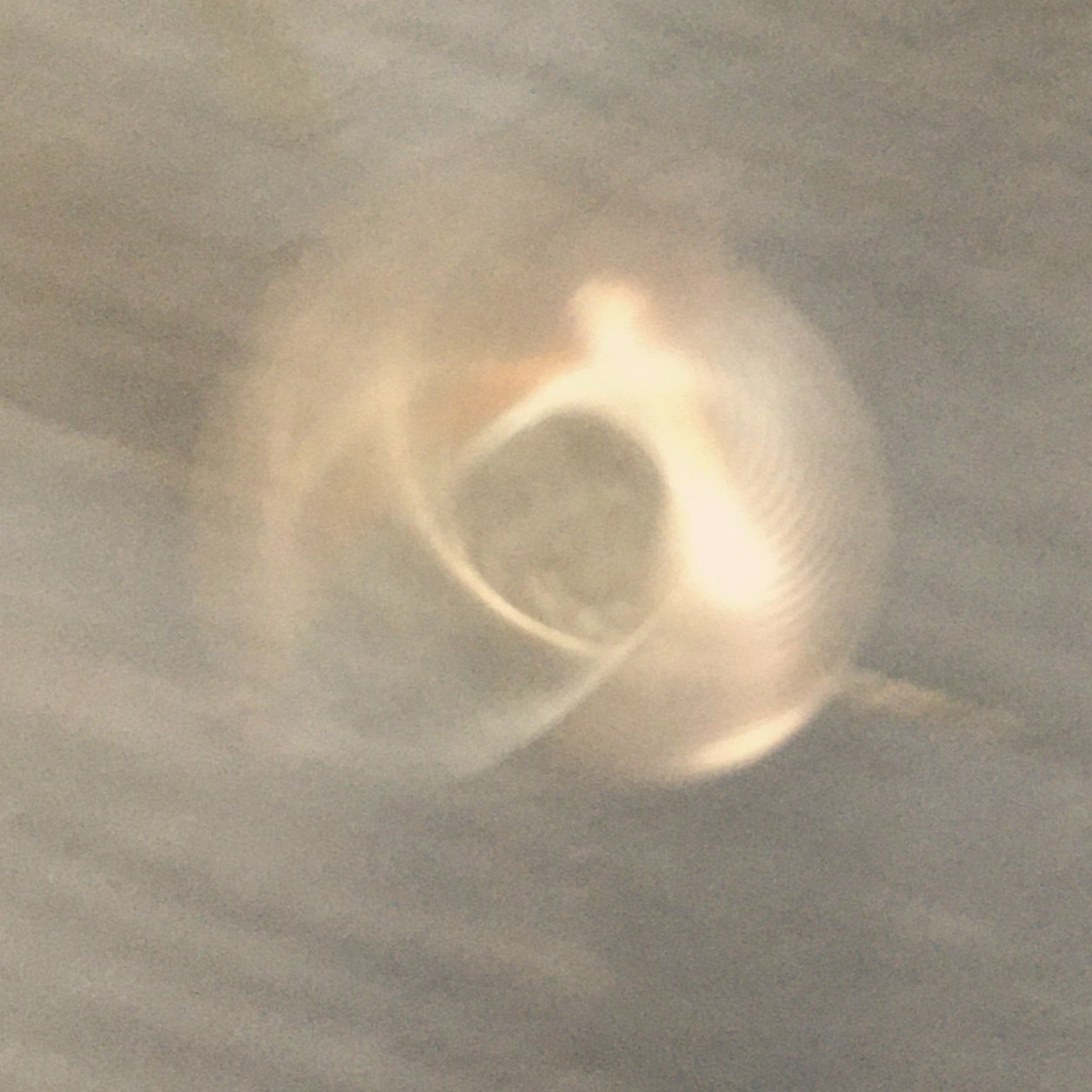Why you should Embrace Impostor Syndrome
The feeling that you’re a fraud—isn’t a flaw to fix.
It’s an invitation to find your hidden creative power.
“I’m nobody.
Who are you?
Are you nobody too?”
— Emily Dickinson
The Big 3 Ideas
from this post:
What IS Impostor Syndrome?
Where did it come from, and how does it manifest in the artist’s life?
How you think about Impostor Syndrome can create powerful results in your creative life.
What if I told you that feeling like a fraud might actually mean you’re on the right path?
Impostor Syndrome — that sneaky voice whispering “Who do you think you are?” — isn’t proof you’re unworthy.
It’s proof you’re stretching. It’s proof you’re moving into uncharted territory.
And your brain doesn’t want that.
Your brain wants to conserve energy, seek pleasure, avoid pain. That’s The Motivational Triad - and it is how the human brain works.
So …
What Is Impostor Syndrome, Really?
Impostor Syndrome is defined as:
the internal experience of believing
you’re not as capable as you perceive
that others
think you are.
Notice that — believing. Thinking, perceiving.
This whole experience lives in your thoughts, not in the real world.
Our minds can perform Olympic-level mental gymnastics convincing us we don’t belong. But the results? They rarely have anything to do with reality.
The Hidden History of the “Impostor”
The word impostor once referred to someone pretending to be another person for deception or gain.
In the Romantic period of 18th and 19th centuries, the “impostor” was often a class rebel — someone crossing social boundaries, challenging who was “allowed” to belong.
Artist were craftsmen (and women), professionals that entered palaces to please benefactors, and also shifted between classes, commenting on society from the outside.
Artists embodied hard work, skill, and also rebellion. They blurred lines between classes, questioned norms, and redefined identity itself.
To create is to trespass —
to move beyond limits others set for you.
Awe, Shame, and the Social Coin
In my newly revised class, The Embrace Impostor Syndrome Course, I teach you about a fascinating concept from social psychologist Erving Goffman, called The Social Coin. We use this coin as currency in our everyday interactions - and artists, even moreso.
Every creator flips this coin daily - and we get caught in its process.
Goffman says The Social Coin has two sides:
AWE is on one side — admiration for greatness.
SHAME is on the other — fear of not measuring up.
These two emotions are inseparable. They spark both inspiration and insecurity — the exact tension where art lives.
I spun this coin and took a bunch of pictures - and found my muse inside, dancing between awe and shame.
The Performance Pyramid: Life as a Stage
Of course, Shakespeare had it right!
He is the perfect example of someone who embraced Impostor Syndrome (before it even existed!).
All the world's a stage,
and all the men and women merely players;
They have their exits and their entrances;
And one man in his time plays many parts,
His acts being seven ages.
If you’re curious about this concept, check out my new free class:
I’ve developed a helpful concept to explore this special role of the artist, called The Performance Pyramid, examining the role of the artist in our lives and in society:
Imagine a theatre in the shape of a pyramid:
The base is the audience — society, peers, followers.
One side is the stage — performance, persona, perfection.
The other side is backstage — rest, honesty, and truth.
The Artist is outside it all, and Artists move fluidly between all three.
We pull back the curtain. We expose the illusion. We remind others that life itself is theater.
“Life is theater. Art is the backstage pass.”
So, don’t miss my new free class,
“Why You Should EMBRACE Impostor Syndrome”
Before you go, I want to offer one thing to think about:
I’ve seen this creativity-blocking mindset — the Impostor Phenomenon — affect so many of the artists I coach. It’s that feeling of “Who am I to do this?” or “I’m a fraud.”
Even when you’ve done the work, that doubt still creeps in.
It’s sneaky. It shapeshifts. Sometimes it’s loud; other times, it’s just a whisper.
I know because I’ve been there. I suffered from Impostor Syndrome for years — until I decided to truly study it, understand it, and finally overcome it.
And what I learned surprised me.
Now I’m sharing those insights in The Embrace Impostor Syndrome Course — a deep-dive program designed to help artists not just cope with impostor syndrome, but solve it.
In the course, I share three key concepts — powerful mindset tools that form the foundation for lasting confidence and creative freedom.
So if you’re ready to stop letting doubt define your story, 🎨 join me inside The Embrace Impostor Syndrome Course.
Turning Doubt Into Power
Embracing impostor syndrome isn’t about erasing fear — it’s about reframing it. Let’s turn that impostor feeling into your greatest creative strength.









